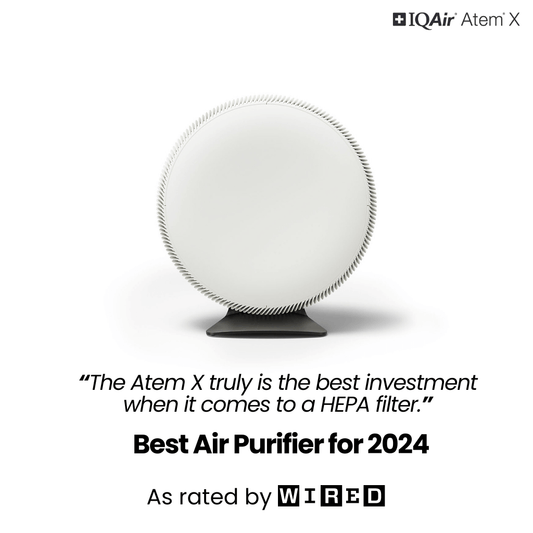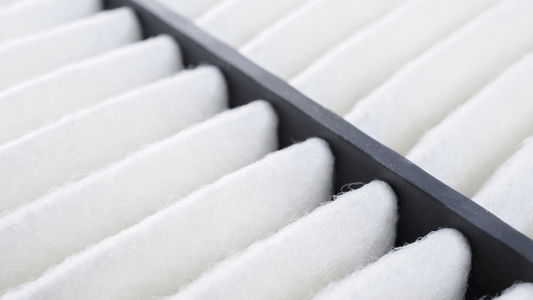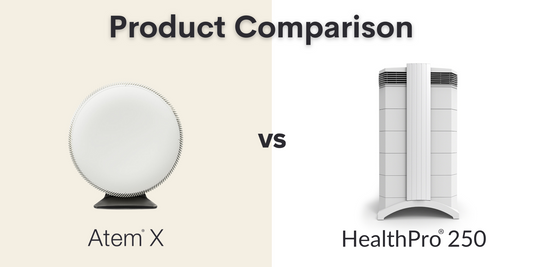Today is National Nose Day (not to be confused with Red Nose Day). This date is meant to celebrate the nose as well as promote the practice of nasal irrigation for the relief of blocked nose which can be due to rhinitis, hay fever and other allergy-related conditions. Nasal irrigation is a way of washing out the nose and, apparently, 17% of the UK population do this regularly. In yoga, nasal irrigation is called 'jala neti' and at the turn of the 20th century, the British Medical Journal was recommending it be done by plunging the face into a basin of clean water, either cold or tepid, and taking slight sniffs, in and out, while underwater. Today most nasal irrigation is done by introducing a saline (salt) solution into one nostril and let it drain out of the other nostril.
Nasal irrigation is a simple and inexpensive way of treating nasal congestion arising from hay fever, rhinitis, and other allergies. It can be done with a teapot-like device called a neti pot, a plastic bulb syringe or a regular bottle. There are also pulsatile irrigation devices and atomiser sprays available. There's some debate over what salt concentration is best. An isotonic salt solution has a salt concentration similar to that of the body's fluids and it is soothing but may not reduce congestion as much as a hypertonic solution, which is more like sea water. A hypertonic solution, however, may irritate the sinuses. Don't use water alone, because it is absorbed by the nose and it may make congestion worse. Saline sinus rinses can be bought but you could make your own with 240 ml (8 fluid ounces) warm water with a quarter of a teaspoon of non-iodised salt.
Even though nasal irrigation is widely practised - does it actually work? Is there any evidence that it works? In a recent review, doctors at the Wisconsin School of Medicine and Public Health, Madison, USA, concluded that there was good evidence that daily use of 2% liquid saline helped management of chronic rhinosinusitis but that evidence for its effectiveness in allergic rhinitis was less convincing. The study also noted that the exact mechanism of action of nasal irrigation remains unknown. It may be that the fluid washes out inflammatory compounds or has a direct cleaning effect (or both). Either way, the overall effect is to improve the functioning of the all-important nasal mucosa.
Ref.:
Saline nasal irrigation for upper respiratory conditions Rabago D and Zgierska Z American Family Physician 2009 November 15 Volume 80 p 1121 Free access at: http://www.ncbi.nlm.nih.gov/pmc/articles/PMC2778074/?tool=pubmed



